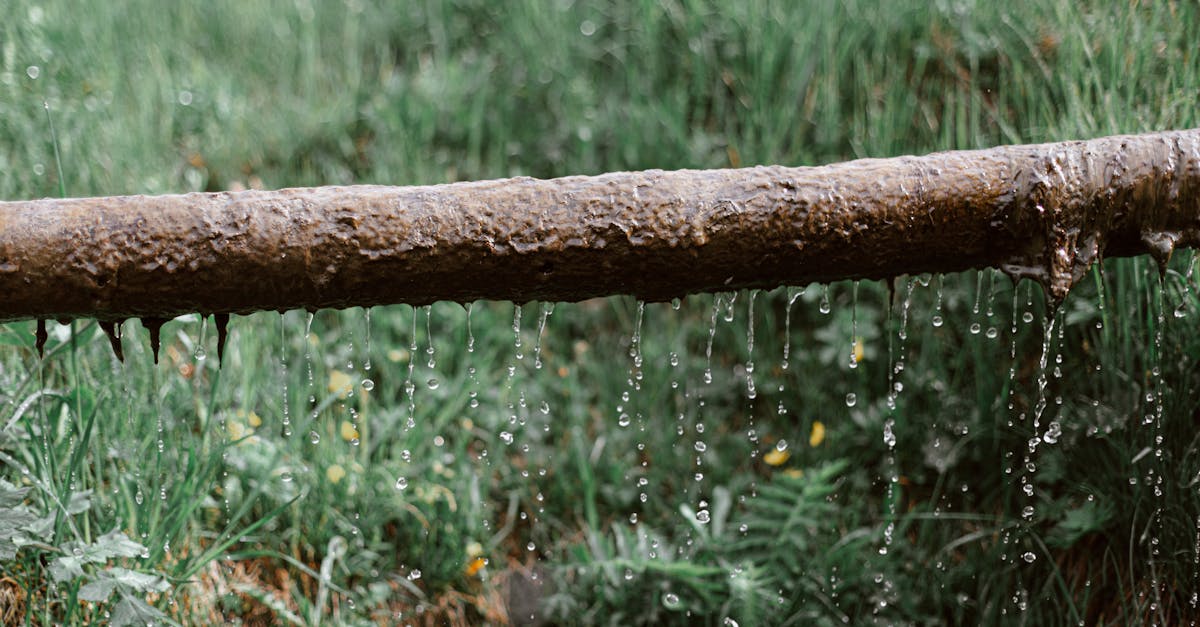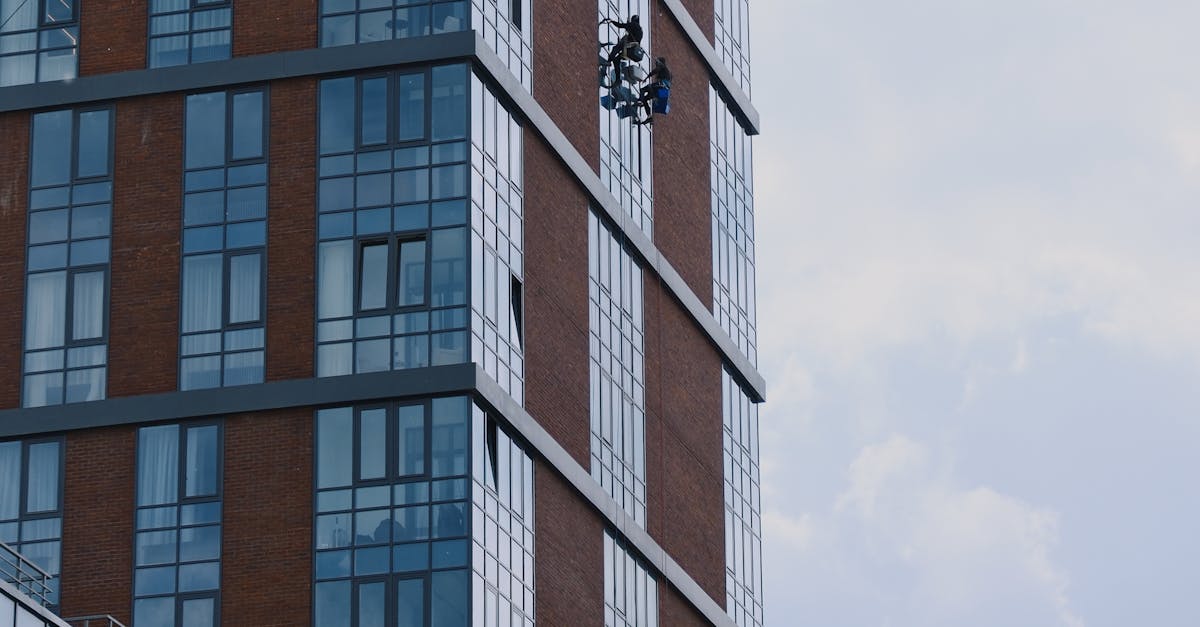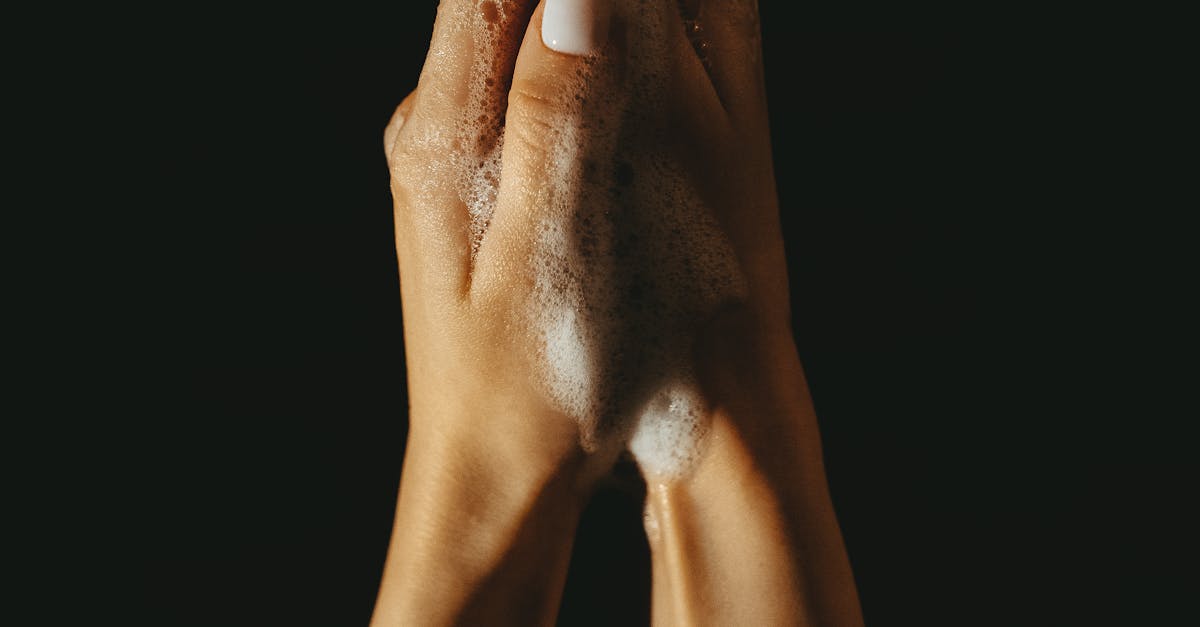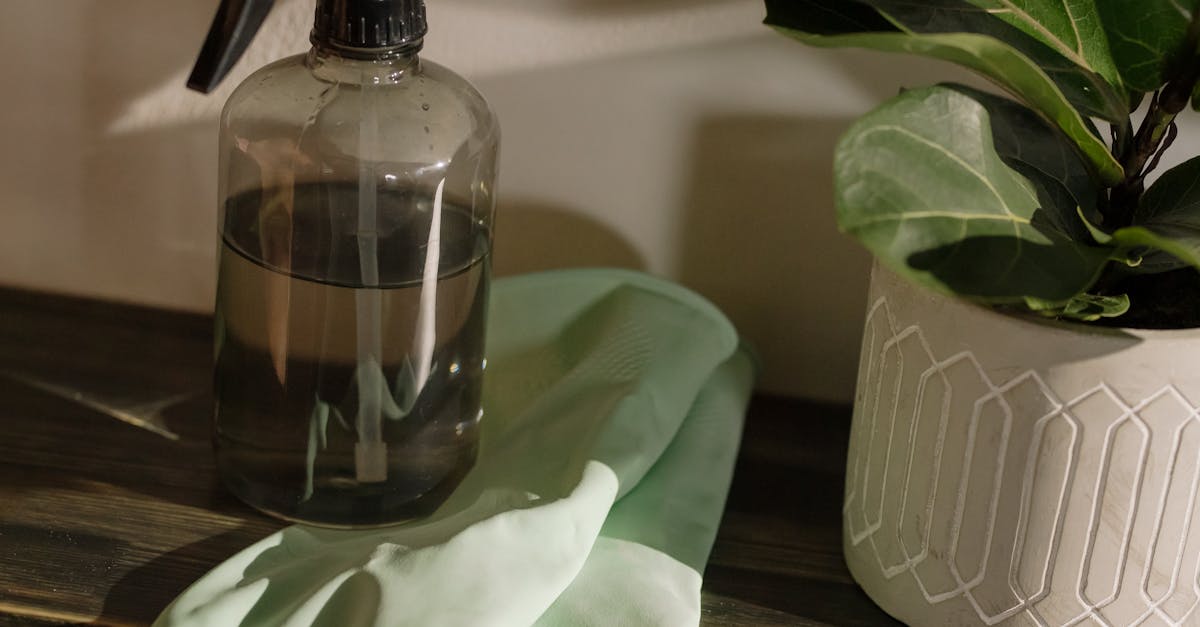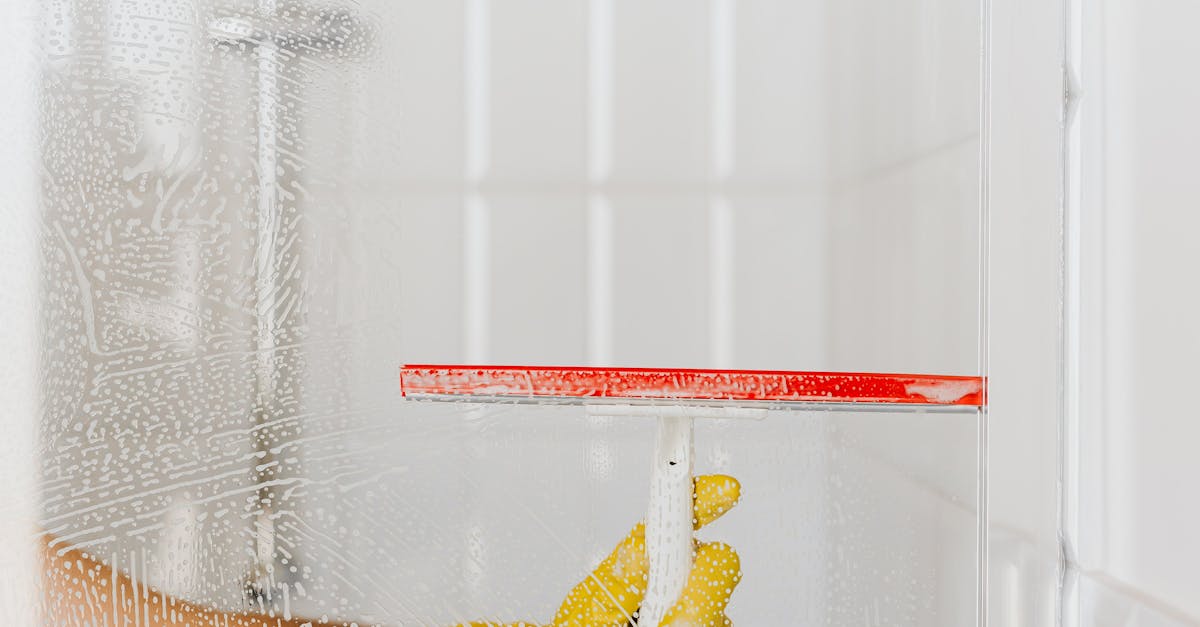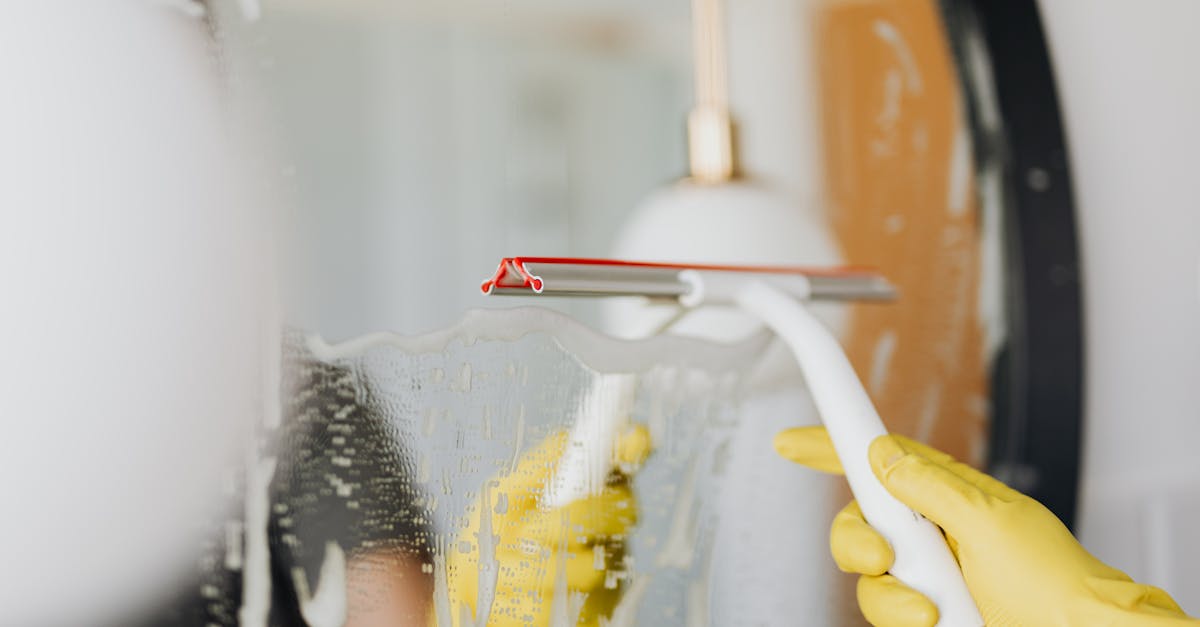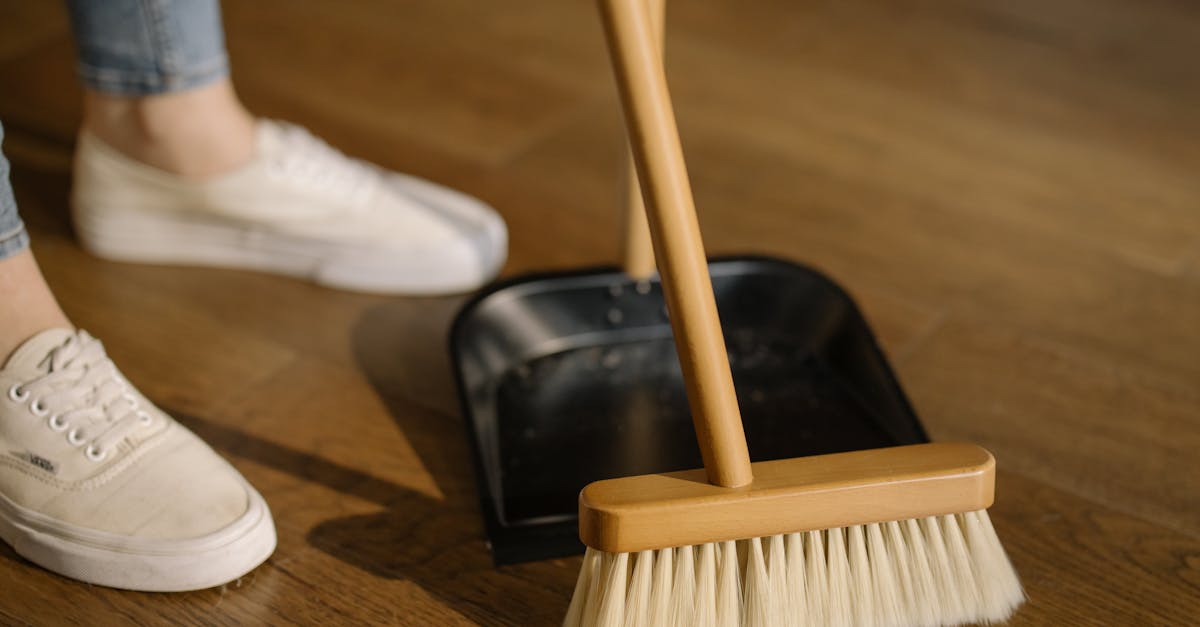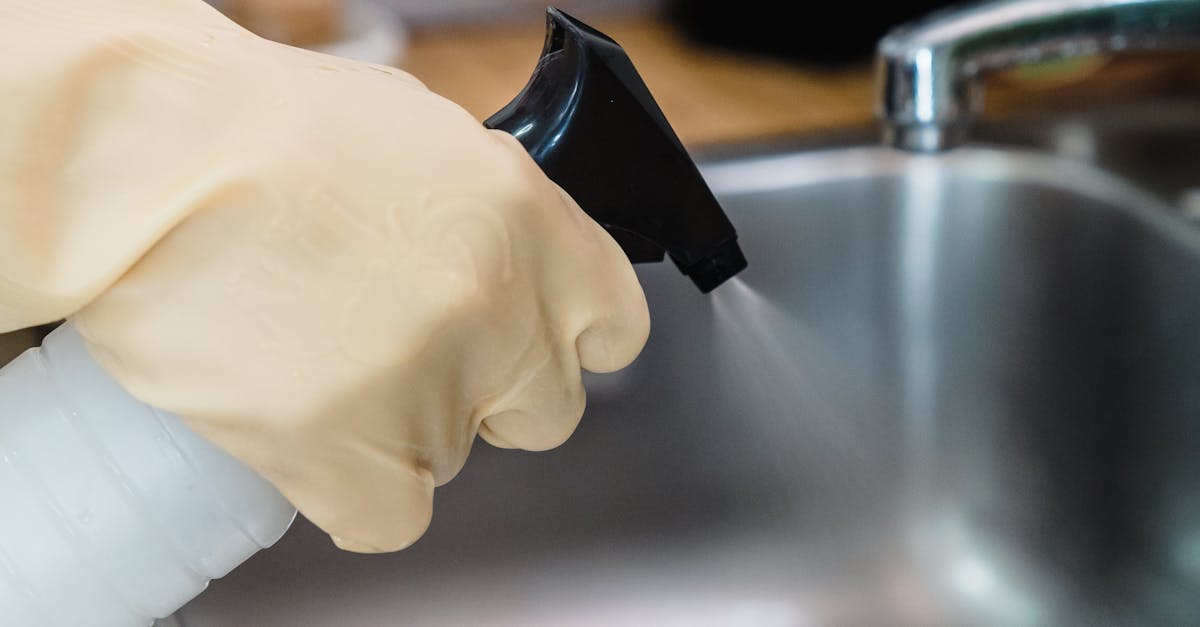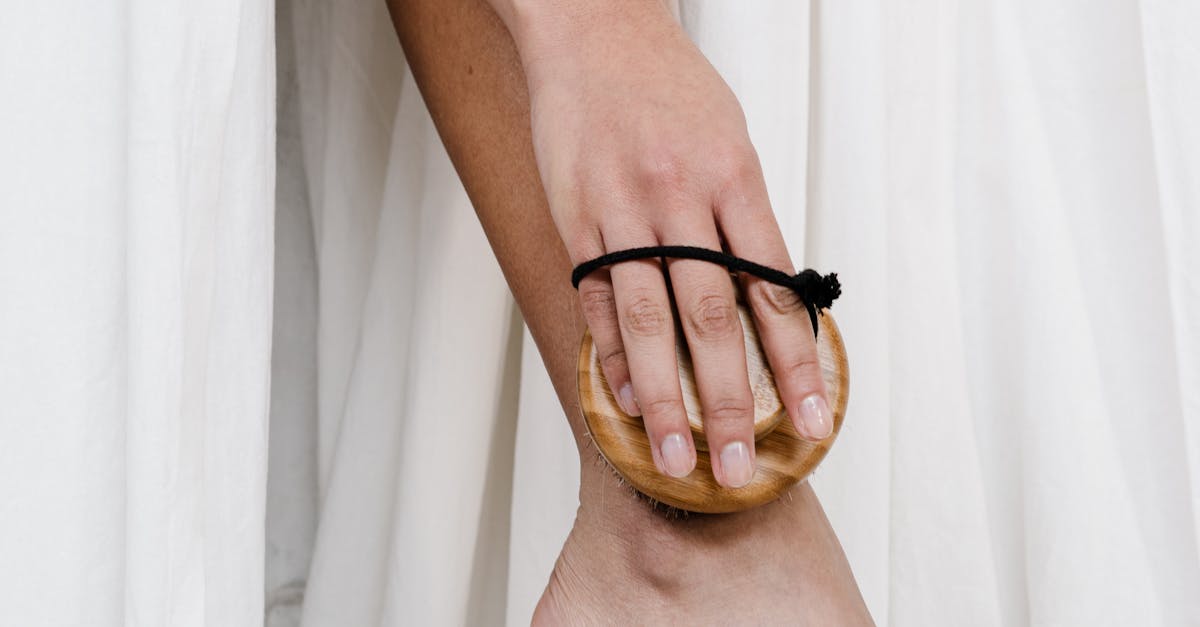
Table Of Contents
Removing the Old Sink
Removing the old sink is a crucial step when upgrading your kitchen. Begin by turning off the water supply to prevent any leaks or spills while you work. Disconnect the plumbing fixtures from the sink, which may involve unscrewing water supply lines and loosening the drain assembly. Keep a bucket handy to catch any residual water. Carefully take out any clips or fasteners that secure the sink to the countertop, ensuring that you don’t damage the surface beneath.
Once the sink is loose, gently lift it out from the countertop. Be mindful of the weight and layout, as some sinks can be quite heavy or awkward to handle. If your sink is bonded to the countertop with caulking, you may need to use a utility knife to cut through this seal before lifting. Proper removal is essential to prevent any damage to the countertop and to facilitate a smooth transition to the new sink. This process sets the stage for your new sink installation and repair, ensuring that everything goes smoothly when you begin the next phase.
StepbyStep Guide to Safe Extraction
To begin the process of removing your old kitchen sink, it’s essential to gather the right tools and materials. A basin wrench, a screwdriver, and pliers will be your main companions during this task. Before you start, make sure to turn off the water supply beneath the sink. It’s wise to place a bucket under the plumbing to catch any residual water that may spill during the extraction. As part of sink installation and repair, carefully disconnect the water lines and the drain pipe, ensuring that you keep any washers or fittings that may be reusable.
Next, focus on detaching the sink from the countertop. If your sink is held in place with clips or adhesive, locate these fasteners and remove them gently. For sinks that are mounted under the counter, you may need to cut through any caulking to free the sink. Once freed, lift the sink out, making sure to avoid damaging the countertop. If necessary, enlist the help of a friend to manage the weight and ensure a smooth extraction. Taking these precautions will set a strong foundation for a successful sink replacement.
Installing the New Sink
When you are ready to install the new sink, ensure that the area is clean and free from debris. Place the sink carefully into the cut-out in the countertop, making sure it fits snugly. If your sink comes with a mounting kit, follow the manufacturer's instructions for attaching it to the underside of the countertop. This step is crucial for a secure fit and helps prevent movement over time. Take a moment to double-check the alignment; an uneven sink can lead to water pooling or drainage issues later on.
Next, focus on sealing the sink properly to avoid leaks. Apply a bead of silicone caulk around the edge of the sink before fully tightening the mounting hardware. This creates a watertight seal that is essential for kitchen environments. After attaching the sink, allow the caulk to dry according to the manufacturer’s instructions. If you encounter any complications during the process, consulting a professional in sink installation and repair can provide valuable insights and assistance.
Ensuring Proper Placement and Seal
Achieving the perfect placement and seal of your new sink is vital for both functionality and aesthetics. Start by centring the sink in the cut-out of the countertop, ensuring it aligns well with any existing fixtures and that there is enough space for connections underneath. Once in position, check for any movement or gaps. This will help to prevent future issues such as water pooling or leaking.
To create a watertight seal, use a high-quality silicone caulk around the edge of the sink where it meets the countertop. Apply the caulk evenly and run your finger along the bead to create a smooth finish. Allow the sealant to cure for the recommended time before running water into the sink. Proper sealing is essential in sink installation and repair, as it directly affects the durability and performance of your installation.
Connecting Plumbing Fixtures
When connecting plumbing fixtures, ensure all parts are clean and free from debris. Check the condition of the existing hoses and fittings as this can impact the effectiveness of the installation. It's important to position the sink accurately before tightening any connections. Use plumber's tape on threads to provide a better seal and avoid leaks. Verify that water supply lines are aligned with the inlet ports on the sink.
After establishing connections, turn on the water supply slowly to check for leaks. If any drips occur, tighten the fittings further while avoiding over-tightening, which can cause damage. Once you're satisfied with the connections, conduct a thorough leak test by running water through the sink. Properly executed sink installation and repair can lead to a durable, functional kitchen feature.
Tips for a LeakFree Installation
Ensuring a leak-free installation during your sink replacement is crucial for maintaining the integrity of your kitchen. Start by applying plumber’s tape to the threads of your faucet and drain connections. This will create a tighter seal, reducing the likelihood of leaks forming. Always check that each connection is secure but avoid overtightening, as this could damage the fittings. It's a good practice to double-check integration with the existing plumbing to confirm everything aligns properly.
Once the sink is in place, run water through the faucet to test for any leaks. Keep an eye on all joints and connections while doing so. If you notice any drip or seepage, turn off the water supply and tighten the relevant fittings. Keeping a close watch during this phase will help you catch any potential issues early. For those seeking to gain confidence in their abilities, familiarising yourself with sink installation and repair techniques can be beneficial for future projects.
FAQS
Can I replace my kitchen sink without replacing the countertop?
Yes, it is possible to replace your kitchen sink without having to replace the countertop, provided the new sink fits the existing cutout in the countertop.
What tools do I need to replace my kitchen sink?
Common tools required include a basin wrench, screwdriver, pliers, and possibly a putty knife for removing the old sink and installing the new one.
How can I ensure the new sink is properly sealed?
To ensure a proper seal, use a high-quality silicone caulk around the rim of the sink before securing it to the countertop, and check that all connections are tight and secure.
What should I do if the new sink does not fit the existing countertop cutout?
If the new sink does not fit, you may need to modify the cutout in the countertop or consider a different sink that is compatible with your current setup.
Are there any common mistakes to avoid when replacing a kitchen sink?
Yes, common mistakes include failing to turn off the water supply, not properly sealing the sink, and not ensuring all plumbing connections are secure, which can lead to leaks.

